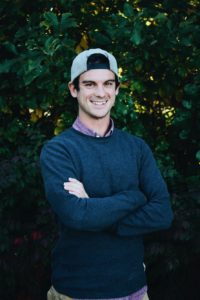In my world, white was normal. I believed that race was something other than whiteness. The normalcy of whiteness meant I did not have to think about what it meant to be white. I grew up in a predominantly white suburb, which meant most of my friends were white and most of my schoolmates were white. In fact, all of my elementary, middle school, and high school administrators and teachers were white. This blanket of whiteness was not exclusive to school, however. I recall, as a child, sitting around the television with my family every Friday night watching TGIF programming. Most of the television shows (e.g. Boy Meets World, Step by Step, Full House) were comprised of white actors and white families. More subtly, the directors of these shows were also white and whose storylines reinforced white culture.
Another early childhood socialization experience to race related to my perception of the varying types of neighborhoods in the region in which I grew up. The suburban town I grew up in was close to 100% white. The town was small, crime was low, and kids were always outside riding bikes or playing games. My parents allowed me to venture off as long as I was home in time for dinner or by the set curfew. I learned, however, that not all towns were like mine. I was socialized to think that non-white majority neighborhoods were unsafe. I vividly remember sitting at a traffic light on the east side of the city near where I grew up and my parents hitting the lock button on the car doors. They claimed the area was unsafe. For we were not in the town where crime was low and white children roamed the streets unattended and playing games. What is compelling about this experience sitting in the car and then hearing the click of the locks was that my family and I were not in danger. Rather, it was the anticipation that something bad could happen simply because we were not in our small, white town. The message that I internalized as a child was that I could let my guard down in white suburban towns, but I had better be aware of my surroundings in communities where the people did not look like me. In other words, I conflated unsafe with people who were not white.
These early childhood experiences led me to internalize whiteness as something normal in friendships, in neighborhoods, and in mass media. The notion that white was normal followed me well into my young adult life. I was never prompted to think about whiteness or white privilege until I took a diversity course in my master’s program. I wrote a paper on my social location, and even in that paper, I could only write about whiteness and white privilege at an abstract level. I knew privilege was something I had, but it was difficult for me to discern what that privilege looked like in everyday life. Nonetheless, the social location paper was a catalyst for looking inwardly with a critical lens and exploring how I saw myself in society rather than looking outwardly at the other race, the other person, or the other neighborhood to justify social inequities.







